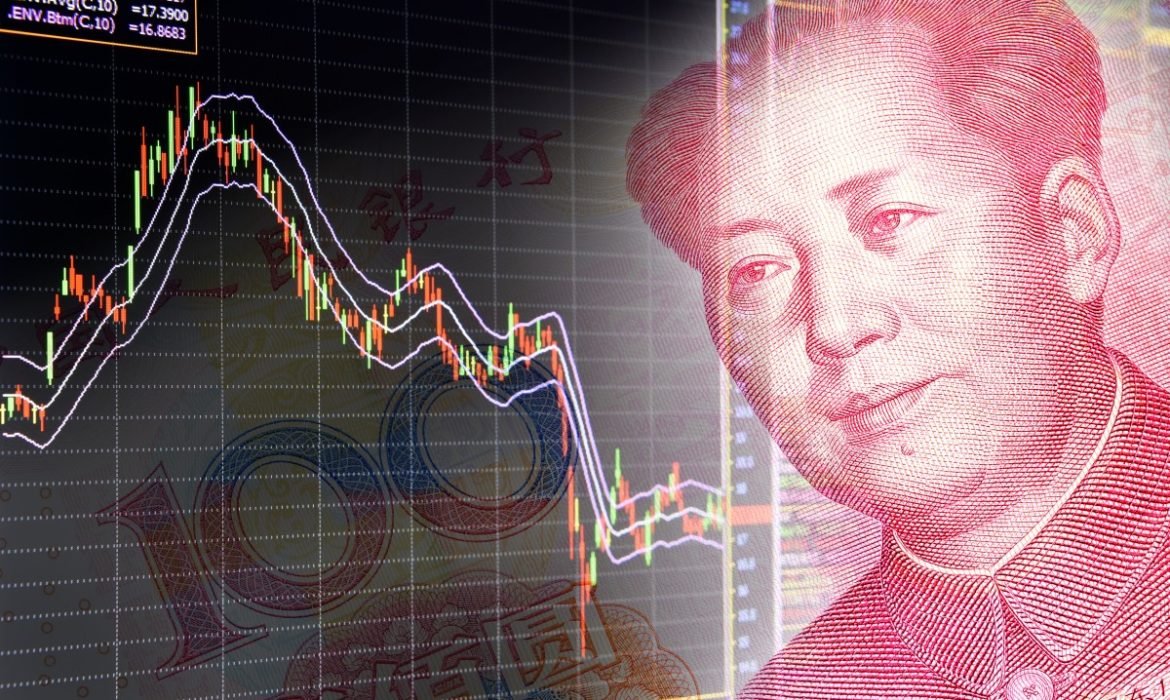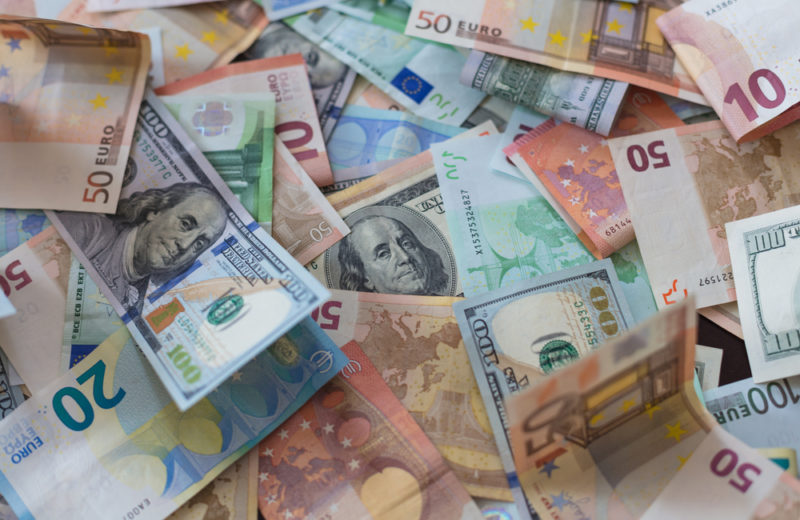After a rate cut, yuan softens. While yen stumbles on revived risk flows. As risk sentiment shifts, Yen stumbles. Traders are focused on the response to the virus of the China policy. The pound is focused ahead to retail sales data.
Risk appetite improved on expectations that China will continue taking steps to reduce the economic impact of the coronavirus outbreak. Thus, on Thursday, the Japanese yen traded near a nine-month low versus the dollar.
China has cut the benchmark loan prime rate for propping up its economy. Thus, in onshore trade, the yuan fell against the dollar. The rate cut was forecasted. Nevertheless, some investors see more reductions in the near term. It is because authorities are moving to further lower financing cots to help companies.
There is a rise in the unemployment rate, which fanned expectations for cuts of the interest rate. Thus, the Australian dollar tumbled to its lowest level in more than a decade.
Yuan
When the outbreak of the virus in the central Chinese province of Hubei roiled financial markets last month, the yen was initially bought as a safe-haven asset.
As growth in the number of new cases of the virus in mainland China began to slow, yen buying is starting to fade. There are signs that Chinese officials are ready to take more drastic measures to support companies that were hit by the virus. It is another factor that has reduced demand for safe-haven investments.
Yukio Ishizuki is a foreign exchange strategist at Daiwa Securities in Tokyo. He said that yen’s fall was so sudden that it could bounce back slightly in the concise term.
He added that Sentiment was leaning away from risk-off because China will pull out all the stops to support its economy.
On Thursday, the yen traded at 111.29 per dollar. Since May 2019, it was close to the lowest.
Check the best Broker Reviews














